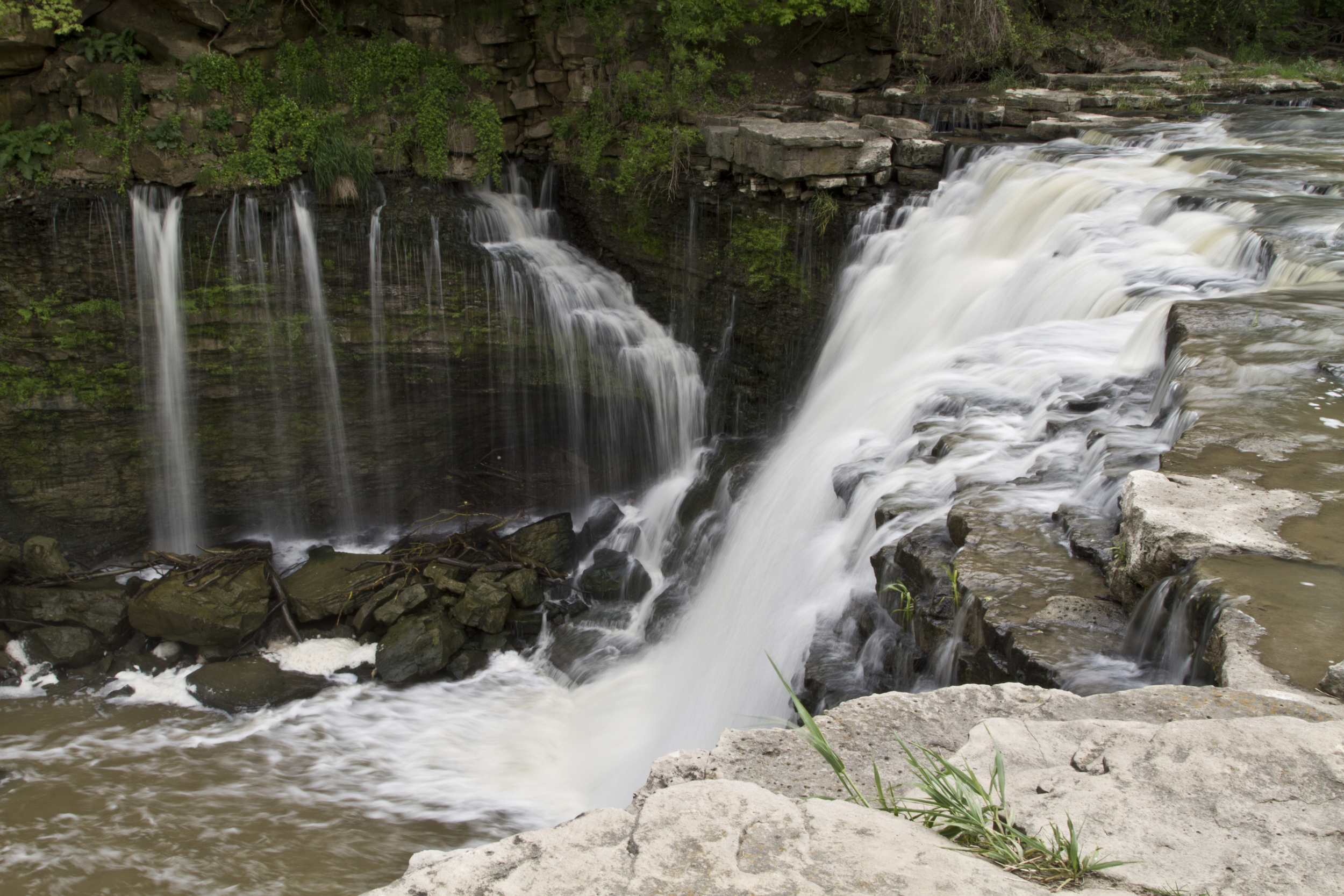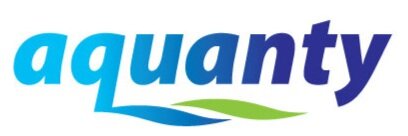

NEW version of HGS (February 2024 - Revision 2641)
The HydroGeoSphere Revision 2641 (February 2024) is now available for download.

HydroGeoSphere Research Paper wins Water Resources Research Editors’ Choice Award
We’d like to highlight a terrific achievement in the HydroGeoSphere user community, and send a hearty congratulations to Dr. James Thornton and his research team for winning the 2022 Editors’ Choice Award from the Water Resources Research journal.
HGS RESEARCH HIGHLIGHT – Simulating the recession dynamics of Arctic catchments in the context of a thawing permafrost
In a recent study, researchers have made significant strides in understanding how climate warming is altering the Arctic's hydrological dynamics. The study delves into the complex relationship between permafrost thaw and groundwater flow. Traditionally, Arctic hydrology has been conceptualized as a local system, confined by the frozen ground. However, as the climate warms, permafrost begins to thaw, transitioning this system into a more interconnected network of regional aquifers. This transformation is crucial, as it alters the fundamental dynamics of water movement and storage in the Arctic.

NEW version of HGS (January 2024 - Revision 2633)
The HydroGeoSphere Revision 2633 (January 2024) is now available for download.

HGS RESEARCH HIGHLIGHT – Understanding the vulnerability of surface–groundwater interactions to climate change: insights from a Bavarian Forest headwater catchment
This study used HydroGeoSphere to evaluate the impact of climate change on streamflow and water availability within a small forested catchment in South-East Germany. Climate forecasts in the region predict a significant decrease in precipitation over the coming decades. Based on integrated hydrologic modelling of the catchment, this forecasted decline in precipitation combined with a relatively steady rate of evapotranspiration (compared to the historical period) will result in prolonged drought conditions, which in turn will result in declining groundwater levels, decreased baseflow to the upstream reaches of the stream network.

"Using Wetlands to Flatten the Hydrograph" - Webinar
We were so pleased to see a presentation featuring HydroGeoSphere at this year's Latornell Conservation Symposium. The presentation (“Using Wetlands to “Flatten the Hydrograph”) was delivered by representatives from Ducks Unlimited Canada (DUC), and focused on a recent collaboration between DUC, Ontario Power Generation (OPG) and Aquanty. At the center of the project is an advanced integrated hydrologic model of the Dog Lake watershed in Northern Ontario.

Manitoba Cooperator - Field-level water forecasts: There’s an app for that
The Manitoba Cooperator has written an excellent article (with comments from Dr. Steve Frey, Aquanty’s Director of Research Services) which reviews some of the new technology driven initiatives to manage water resources throughout Manitoba, with a specific focus on the newly developed MFGA Aquanty Forecasting Tool - a real-time hydrologic forecasting system for decision-support around water movement, soil health, climate risk assessment & mitigation in the Assiniboine River Basin and Pembina River watersheds.

